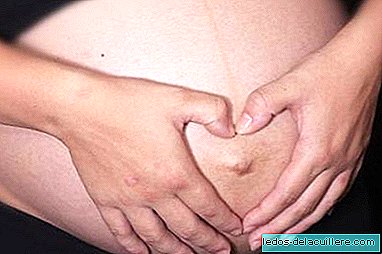
Since the outbreak of the Zika virus in Latin America, all prevention mechanisms have been put in place to prevent contagion in risk areas. In Spain, 132 cases of Zika have been diagnosed so far, all imported, of which 19 are pregnant women. In one of them, when performing the ultrasound of the 20 weeks microcephaly was detected in the fetus, two others have given birth to healthy babies, since not all babies of mothers infected with Zika are born with microcephaly.
The mechanism by which the babies of some women who have contracted the virus are affected by malformations that make their brain smaller than normal (microcephaly) while others are born with a normal cranial perimeter is unknown, although it is not ruled out that There are long-term effects.
The Zika virus, discovered in the 1940s in the Zika forest in Uganda, has spread throughout Brazil and almost all of Latin America since the end of 2015. The means of infection is the bite of the Aedes aegypti mosquito, which carries the Dengue and Chikungunya diseases.

Zika virus and microcephaly
Since the virus began to spread, the huge number of children born with a small head, especially in Brazil, the country most affected by Zika, caught the attention.
This month, two studies with mice published in the journals Nature and Cell demonstrate the relationship of the virus with microcephaly. They have demonstrated in the laboratory how the virus is able to cross the maternal placenta to cause serious damage to the nervous system of developing fetuses.
Scientists from the universities of Washington (USA) and Sao Paulo (Brazil) - with the collaboration of the National Institutes of Health of the US, NIH - have worked with two models of laboratory mice infected with the Zika virus to analyze the action of the virus .
The researchers infected pregnant rats with the Zika virus. Most of his fetuses died in less than a week and those who managed to survive did so with serious malformations. They watched 1,000 times higher viremia levels to those in his bloodstream, which means that Zika is not only able to cross the placenta but once there it multiplies significantly.
In rats, characteristics were observed that have also been observed in affected mothers, such as insufficient placenta, abortions and low birth weight.
These early investigations contribute to a better understanding of the mechanisms of the virus and how it affects developing babies within the uterus. This information can serve from now to develop possible preventive vaccines that allow to stop the maternal-fetal transmission of the infection.
Although there is no clear figure in this regard, specialists remember that Not all pregnant women who become infected with Zika during pregnancy give birth to babies with microcephaly. There is even a very curious case of two twins born to a mother infected with Zika (The twins who could have the cure for the Zika virus: one of them was born healthy): one of them was born with microcephaly and the other healthy.
Some studies speak of only 1-2% of cases (another Brazilian work raises the percentage up to 29%), but since many women can pass Zika infection without symptoms, it is difficult to draw strong conclusions.












